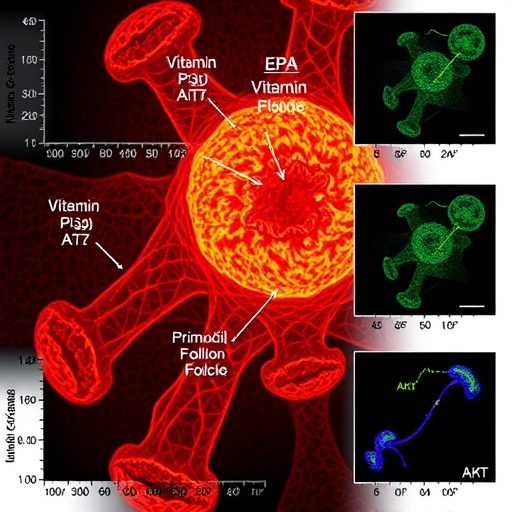UTA using non-contact testing to help TxDOT detect, plan for needed bridge repairs

Credit: The University of Texas at Arlington
The University of Texas at Arlington has received funding from the Texas Department of Transportation (TxDOT) to use a testing system invented by a UTA researcher to inspect bridges for repairs without disrupting Texas commuters.
Suyun Ham, assistant professor of civil engineering, and Simon Chao, professor of civil engineering, have received a $534,000 TxDOT grant to use Ham’s non-contact testing system to make faster, easier and more accurate determinations about when and where bridge repairs are needed. Chao, who is co-principal investigator on the project, will support the effort to evaluate the structural integrity of bridges.
“I’d like to congratulate Professors Ham and Chao on receiving this funding. It is clear recognition of their leadership in the critical field of condition evaluation,” UTA President Vistasp Karbhari said. “Advances being made by researchers such as Drs. Ham and Chao in automating assessment and enabling rapid evaluation of the condition of our bridges are crucial to the maintenance of critical infrastructure in Texas and the nation. UTA continues to make a significant impact in our community as a leader in non-destructive testing methods through research that will have immense applicability to TxDOT.”
Ham’s system uses sensors mounted to a moving platform that can be pulled behind a vehicle. It detects mechanical waves created by an automatic impacting instrument striking the surface of the bridge. The waves can penetrate the bridge surface up to three feet deep and be mapped to a 3D image, similar to an MRI, to show hidden damage. Current methods require workers to drag or tap on the surface and listen for hollow sounds that could indicate potential problems.
Because the system is mounted on a trailer and operates on a particular frequency, it is not necessary to close lanes for testing, and it can give engineers better insight into the entire structure, which can be difficult to access.
“Our goal is to help TxDOT create better, more accurate maintenance plans to prevent economic losses due to unnecessary repairs or because necessary repairs weren’t made in a timely manner,” Ham said. “We can help them extend the service life of bridges by using the reliable data we collect to adjust their planned maintenance. This technology will make it easier for industry, engineers and city planners to make well-informed decisions about the way forward for bridge maintenance and repairs.”
UTA students Sanggoo Kang, Dafnik David, Yin-chao Wu, Muil Yang and Mohammed Alani round out the research team.
“Dr. Ham has created an innovative robotic system that will greatly impact TxDOT’s ability to maintain, replace and plan for potential repairs of its infrastructure,” said Ali Abolmaali, chair of the Civil Engineering Department. “In addition to significant cost savings, the ability to evaluate infrastructure without major closures will eliminate some of the commerce-related impact of current testing practices and allow people to travel throughout Texas without delay.”
UTA has been an important TxDOT partner in evaluating and improving the state’s highway infrastructure, with a wide range of projects that include workforce development for concrete paving experts and studies that examine the safety, durability and environmental impact of the state’s roads and bridges.
###
Media Contact
Jeff Carlton
[email protected]
817-272-5364
Original Source
https:/




